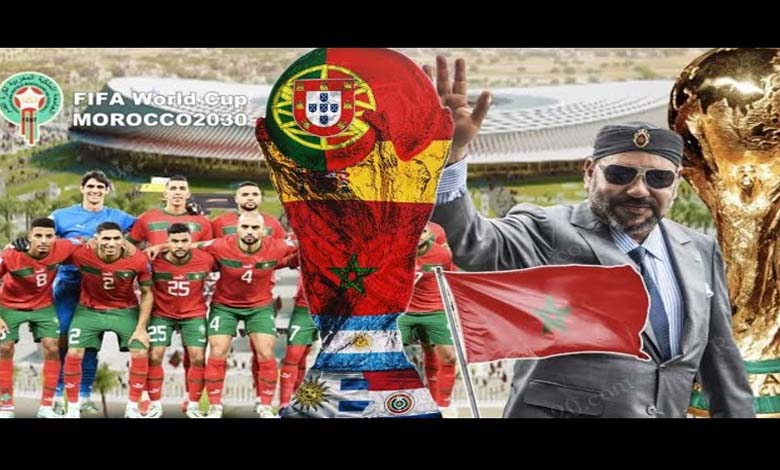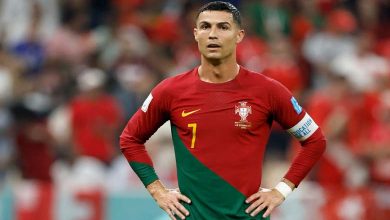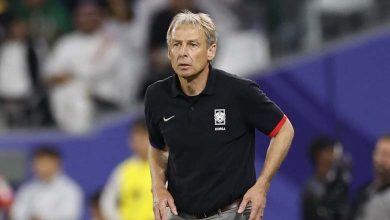Morocco to host the World Cup… How did we get here?

The International Federation of Association Football (FIFA) officially announced Morocco as the host of the 2030 World Cup, in a joint bid with Spain and Portugal.
Morocco will become the second Arab country to host this major event after Qatar in 2022. However, Morocco is no stranger to global events, as preparations for hosting this event began many years ago.
How did we get here?
Several factors have made Morocco eligible to host the world’s largest sporting event. These factors have allowed Morocco to gain international and sports experience, placing it among the prominent countries for organizing such events.
- Hosting International Tournaments
Morocco’s successful experiences in hosting major events paved the way for it to win the honor of hosting the World Cup. Morocco has hosted the FIFA Club World Cup, which includes six teams from champion clubs of various continents, in three previous editions.
These editions took place in 2013, with Bayern Munich winning the title in Marrakech and Agadir. Then in 2014, Real Madrid, once again in Marrakech, claimed the title. The latest edition was held in 2022 in Rabat, where Real Madrid emerged as champions again.
- Experience in Competing for World Cup Host Role
Morocco submitted bids to host the World Cup four times in the past before successfully securing the role in its fifth attempt. The country competed for hosting rights in 1994, 1998, 2006, and 2010.
In 2010, Morocco came very close to winning the hosting rights and was the final competitor against South Africa. It narrowly lost in the final round by only four votes.
- Exceptional Stadium Plan
According to the organizing file, Morocco aims to construct new stadiums and renovate others to enhance the country’s sports infrastructure, which is already among the best in Africa. Here is a list of the nominated stadiums for hosting the 2030 World Cup:
Newly Planned Stadiums:
- Grand Casablanca Stadium (93,000 spectators) (to be built in 2025).
- A new stadium in Casablanca (45,000 spectators).
- Mohammed V Stadium in Marrakech (45,000 spectators).
- Oujda Stadium (45,000 spectators).
- Grand Meknes Stadium (35,000 spectators).
- A new stadium in Nador (46,000 spectators).
- A new stadium in El Jadida (46,000 spectators).
- A new stadium in Ouarzazate (46,000 spectators).
Stadiums to be Renovated:
- Marrakech Stadium (expanding from 45,000 to 70,000 spectators).
- Prince Moulay Abdellah Sports Complex in Rabat (52,000 spectators).
- Agadir’s Adrar Stadium (46,000 spectators).
- Ibn Batouta Stadium in Tangier (expanding from 45,000 to 65,000 spectators).
- Fes Sports Complex (46,000 spectators).
- Strong Sporting History and Bright Present
In addition to the factors mentioned above, Morocco has a rich football history and a prominent sporting presence. Most recently, during the 2022 World Cup, Morocco’s national team, known as the “Atlas Lions,” reached the semi-finals.
Morocco has participated in the World Cup six times and reached the knockout stages twice in 1986 and 2022. Furthermore, Moroccan stars are playing for major international clubs, including Achraf Hakimi with Paris Saint-Germain, Youssef En-Nesyri with Sevilla, Naïf Aguerd with West Ham United, Hakim Ziyech with Galatasaray in Turkey, Nassir Mazraoui with Bayern Munich in Germany, and Sofiane Amrabat with Manchester United in England.
- Exceptional Geographical Location
The last factor is Morocco‘s “exceptional” geographical location, which places it at the heart of the world. This facilitates travel for participating teams from their respective countries. Additionally, it allows match broadcasts to reach most regions of the globe at convenient times.
Moreover, Morocco’s moderate climate will contribute to organizing an ideal tournament without the need to alter the annual football calendar.












